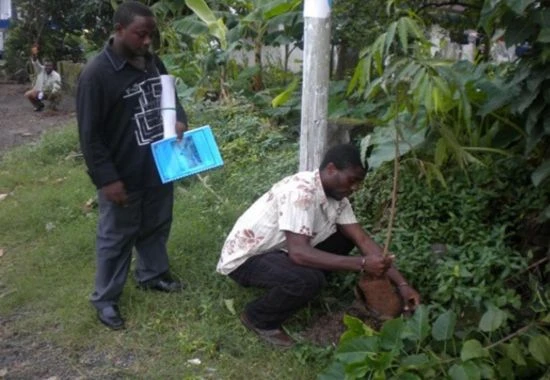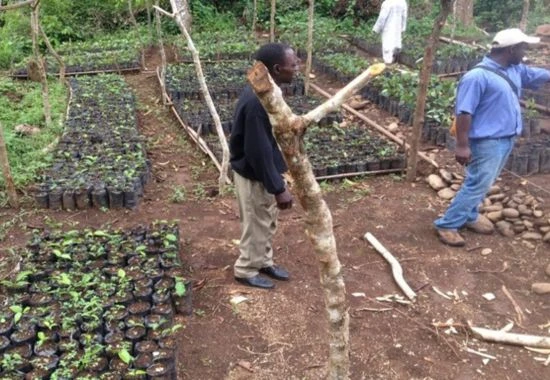Macotted Fruit Tree Planting
- Home
- Macotted Fruit Tree Planting
Macotted Fruit Tree Planting in communities in Yaounde (Ongoing Activity)
Grafted, facetted, and cutting plants have a short juvenile phase to fruiting about 3 years. This can meet the population demand for food and also solve the problem of hunger which is persistent in contemporary society. It can also regulate environmental problems through their contributions in the era of climate change
Plant plays vital roles in combating or solving environmental problems such as climate change, flooding, drought, and pollution. They also provide food and shelter to both animals and humans. But due to rapid increase in population, has led to food shortage (food scarcity). This has given birth to a deadly disease called hunger which has led to the death of thousands across the woarld today.
For us to remedy this situation, we need to reproduce more fruit trees through vegetative propagation techniques (grafting, macotting, and cutting). The importance of the techniques is that; it lead to the production of more appetising fruit in a shorter period of time (2-3 years). The plants are resistant to diseases. The plant’s offspring have are exact characteristics (size, shape, taste, etc.) as the parent plants. When reproduced it does not change in size when moved to another environment or location likewise seed plant changes due to environmental parameters and take a longer duration to reproduce about 7-9 years.
In a bit to address some of the most important and pressing humanity issues which are food shortage, climate change, poverty, and malnutrition, ASDEPCO’s agricultural engineers have created a grafted fruits nursery in Zemengou Lycee, Libodi in Yaounde Cameroon where different varieties of fruits like avocado, mangoes, Pawpaw, orange etc are nursed for distribution to communities to encourage them engage in fruit cultivation that will help in the fight against climate change, increase their remuneration and as well elevate their standards of living.






